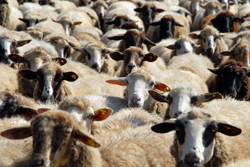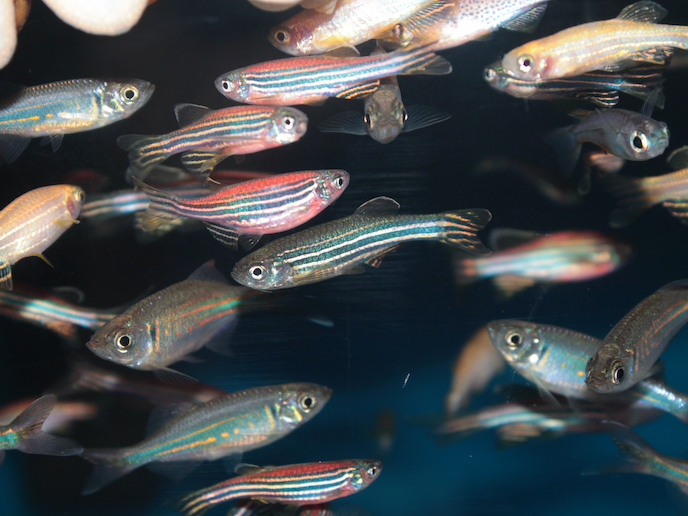Milking sheep for all they are worth
Interests of the European dairy sheep market have been reinforced by research conducted by the project GENESHEEPSAFETY. Overall, their objectives were to improve the quality and safety of sheep milk products using genetic techniques. The Sarda and the Lacaune are the two most numerous French and Italian dairy sheep breeds. They differ phenotypically for many traits including milk yield and milkability. A back-cross population of these two breeds was used by project partners based at the Istituto zootecnico e caseario per la Sardegna in Italy. They studied major milk traits controlled by Quantitative trait loci (QTL). These five traits were milk yield, fat and protein yields and fat and protein content of the milk. The statistical analysis included fixed effects, for example, age at lambing in a certain year. For superior support analysis for dependent data on a continuous basis, the linear mixed model was used. Data from the analysis, using best confidence levels for the traits, indicated QTL on a range of identified chromosomes. Further studies on other backcross populations are required before the identified QTL can be used in selection programmes. The results suggested that the same QTL were responsible for milk, fat and protein yield. By contrast, different chromosomes appeared to house trait loci for protein and fat content. Improved breeding and selection can help to maximise the utilisation of marginal land in mountainous areas of Europe. Not only that but the production of speciality cheeses and sheep dairy products generally will help to boost the small local economies in rural areas.







